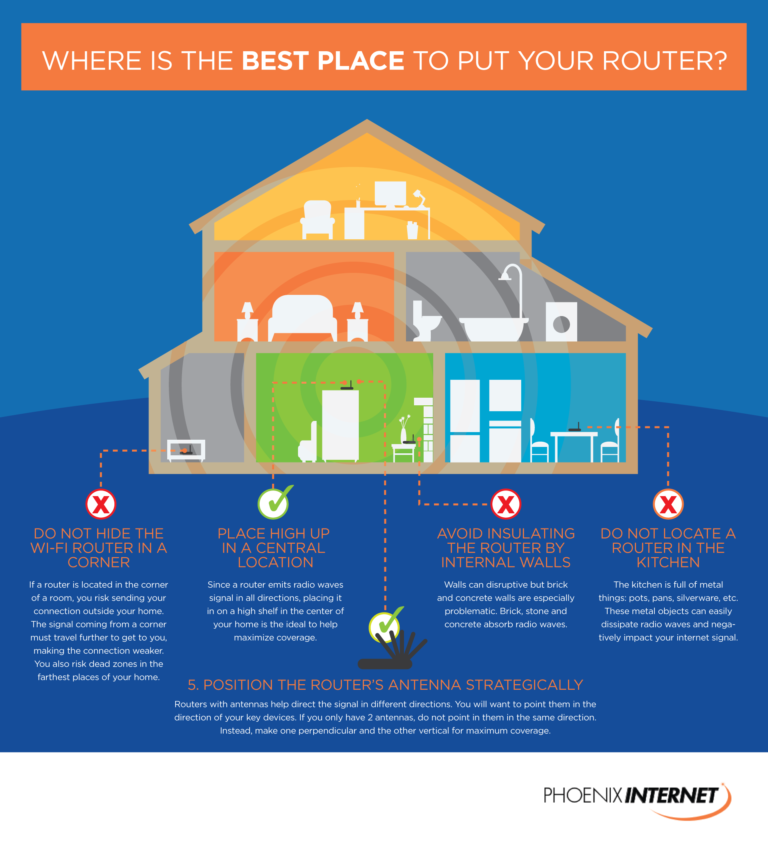What Is The Best Crime Prevention?
Crime prevention is an important part of keeping our communities safe and secure. There are many different strategies for reducing crime and preventing it from occurring in the first place. The best crime prevention is a combination of preventative measures, such as education and awareness, enforcement, and community involvement. Education and awareness can help individuals recognize the signs of criminal activity and report it to law enforcement. Enforcement efforts, such as increased police patrols and targeted enforcement, can help deter would-be criminals. Finally, community involvement is key in helping to create a safe and secure environment. Community members can work together to identify and report potential criminal activity, and they can also help support crime prevention efforts in their neighborhoods.
Definition of Crime Prevention
Crime prevention is a broad term that describes any initiative or action taken to reduce the likelihood of a crime from occurring. It includes a variety of strategies, from community-based approaches to technological solutions. Crime prevention can be applied to both property crime and violent crime. It is an important part of any community’s public safety strategy, and takes an integrated, comprehensive, and proactive approach to protecting the public.
Crime prevention focuses on reducing risk factors that can lead to criminal behavior. This includes addressing underlying social issues such as poverty, unemployment, and limited access to education and healthcare. It also includes providing resources to help individuals and families become more resilient to crime. Examples of crime prevention initiatives include community policing, neighborhood watch programs, youth mentoring programs, and public education campaigns.
Technology can also be used to help prevent crime, as it can be used to monitor and track suspicious activity. Surveillance cameras, license plate readers, and other forms of technology can be used to detect and deter criminal activity. These technologies can also be used to gather evidence or provide additional information for investigators.
Crime prevention is a complex issue, and there is no single solution. It requires a comprehensive, multi-faceted approach that addresses both the causes and consequences of crime. By taking a proactive, integrated approach to crime prevention, communities can reduce the prevalence of crime and improve public safety.
The Benefits of Crime Prevention
Crime prevention is a crucial aspect of public safety, as it helps to reduce the amount of crime that is committed. It is an important part of law enforcement, as it can help to reduce or prevent criminal activity before it occurs. The best crime prevention strategies involve both proactive and reactive measures that can reduce the chances of crime occurring. Proactive measures involve promoting a sense of community, increasing public safety, and encouraging individuals to be responsible and proactive citizens. Reactive measures involve enforcing existing laws and punishing offenders.
In addition to reducing crime, crime prevention also has numerous benefits for society. For example, it can help to reduce the costs associated with crime, such as the costs of investigations, arrests, and court proceedings. It can also help to increase public safety, which can lead to improved public morale and greater trust in the justice system. Crime prevention can also help to reduce fear of crime, which can lead to greater community involvement in problem-solving and crime-fighting efforts. Finally, crime prevention can help to reduce recidivism rates, which can ultimately lead to a safer society.
Overall, crime prevention is an important and effective tool for reducing crime. By using proactive and reactive measures, it is possible to reduce crime and its associated costs. Furthermore, crime prevention can help to create a safer and more secure society, which can lead to improved public safety and morale.
Types of Crime Prevention Strategies
Crime prevention is an important part of public safety and security. It involves a combination of strategies to reduce the risk of crime and prevent people from becoming victims. There are several types of crime prevention strategies that can be used to reduce crime in communities.
The most effective crime prevention strategies focus on prevention before a crime occurs. This includes physical measures such as increasing lighting in public areas, installing security cameras, or painting buildings with bright colors. It also includes social measures such as community policing, neighborhood watch programs, and public education about crime prevention.
Other crime prevention strategies focus on reducing the risk factors associated with crime. This includes providing support services to at-risk youth, providing job training and employment opportunities, and creating safe, stable, and supportive neighborhoods.
Finally, crime prevention strategies can also focus on reducing the harm caused by crime. This includes providing victims with support and assistance, promoting restorative justice, and implementing effective criminal justice policies.
By implementing a combination of crime prevention strategies, communities can reduce the risk of crime and create safer, healthier, and more secure environments for everyone.
Examples of Effective Crime Prevention
Crime prevention is an essential part of community safety, and there are a number of strategies that can be used to reduce the risk of crime occurring. From increasing police presence in certain areas, to implementing CCTV cameras and using community-based programs, there are numerous ways to help reduce the risk of criminal activity.
One of the most effective crime prevention methods is increased police presence. Increased police visibility can act as a deterrent to potential criminals, as it conveys a clear message that law enforcement is present and actively monitoring a certain area. Additionally, increased police presence can help to foster a sense of community safety and trust in the police, which in turn can lead to more reporting of criminal activity.
The use of CCTV cameras is another form of crime prevention. CCTV cameras can be used to monitor certain areas, and help to identify potential suspects or witnesses in the event of a crime. This can be especially helpful in densely populated areas, where there may be numerous potential suspects and witnesses. Additionally, CCTV cameras can be used to monitor areas that may be prone to criminal activity, such as parks or public spaces.
Finally, community-based crime prevention initiatives can also be effective. Community programs such as neighborhood watch groups, which bring together volunteers to monitor their local area, can be an especially effective way to reduce the risk of criminal activity. Additionally, these programs can also provide a sense of community cohesion and trust in the police, which can help to reduce the risk of crime.
Overall, there are a number of strategies that can be used to reduce the risk of crime in a community. From increased police presence to CCTV cameras and community-based initiatives, these strategies can help to create a safer environment for everyone.
Challenges and Barriers to Crime Prevention
Crime prevention is a complex issue, with various challenges and barriers that must be addressed in order to effectively reduce crime and keep people safe. One of the main challenges to effective crime prevention is the lack of resources and funding available to law enforcement personnel and crime prevention programs. Many crime prevention initiatives require substantial investments of money, time, and personnel in order to be effective, and without these resources, many crime prevention efforts fail to make a meaningful impact.
Another challenge to effective crime prevention is the prevalence of organized crime and gang activity. Organized crime and gangs often employ sophisticated techniques to avoid detection and prosecution, making it difficult for law enforcement to keep up. Additionally, these groups can easily access illegal weapons, drugs, and other contraband, which often makes it difficult to prevent crime.
Additionally, the effectiveness of crime prevention is often complicated by a lack of public education and awareness about crime prevention strategies. Without a sufficient understanding of how crime prevention works, many people may not recognize warning signs or take the necessary steps to prevent crime.
Finally, social and economic factors can make it difficult to prevent crime. Poverty, unemployment, lack of access to education, and other social and economic issues can create an environment in which crime is more likely to occur.
Overall, crime prevention is a complex issue with various challenges and barriers that must be addressed in order to reduce crime and keep people safe. Investing resources, tackling organized crime, educating the public, and addressing social and economic issues are all essential steps to effective crime prevention.
Conclusion
Crime prevention is a complex and multifaceted issue that cannot be solved with a single approach. It requires a comprehensive strategy that takes into account the unique circumstances of each community, as well as its history and culture. Solutions must be tailored to the needs of each locality, and they must be tailored to the causes of crime. This includes investing in preventative measures such as community policing, education, job training, drug and alcohol treatment, and mental health services, as well as making sure that existing resources are used effectively. Additionally, crime prevention must recognize the need for public safety and the need to protect victims and witnesses, while also respecting the rights of those accused of crimes. With an effective strategy in place, communities can reduce crime and make their streets safer.
FAQs About the What Is The Best Crime Prevention?
1. What is the most effective crime prevention technique?
The most effective crime prevention technique is known as “target hardening,” which involves increasing the difficulty for criminals to commit a crime. This can include installing security systems, motion lights, deadbolt locks, and other physical security measures.
2. How can I protect myself from being the victim of a crime?
To protect yourself from being the victim of a crime, it is important to be aware of your surroundings. Be mindful of people around you, alternate your routes, and trust your instincts. Additionally, take precautionary measures such as carrying a whistle, avoiding walking alone at night, and not displaying any valuables in public.
3. What role does the community play in crime prevention?
The community plays a vital role in crime prevention. Community members should work together to create a safe environment by reporting suspicious activity, forming neighborhood watch groups, and providing support for law enforcement. Additionally, community members can build relationships with local police and participate in crime prevention programs.
Conclusion
The best crime prevention is a combination of approaches that address both the criminal and the community. This includes proactive measures such as increased police presence, community policing, and public education, as well as reactive measures such as victim support services, restorative justice, and increased surveillance. These measures are most effective when they are tailored to the specific crime problems in a community and are part of a comprehensive crime prevention strategy.


